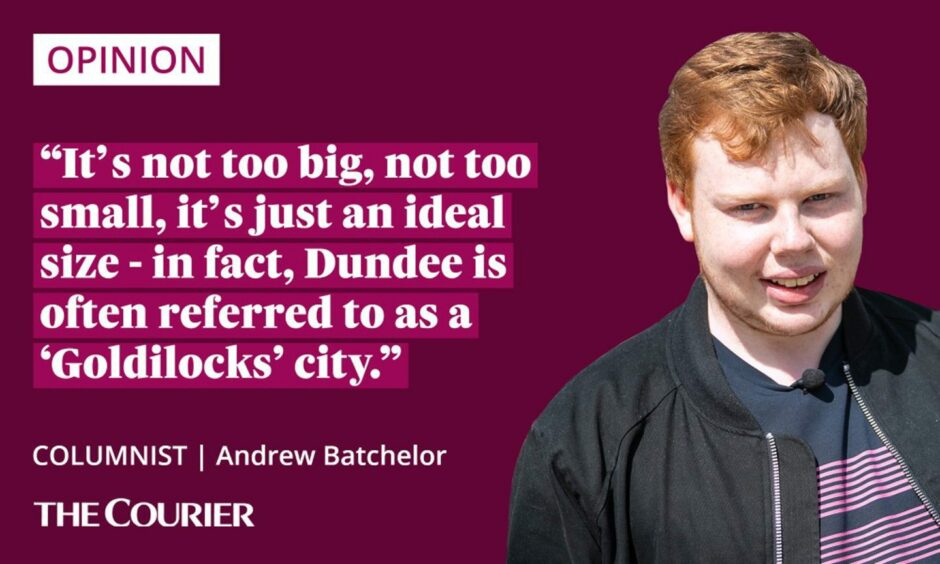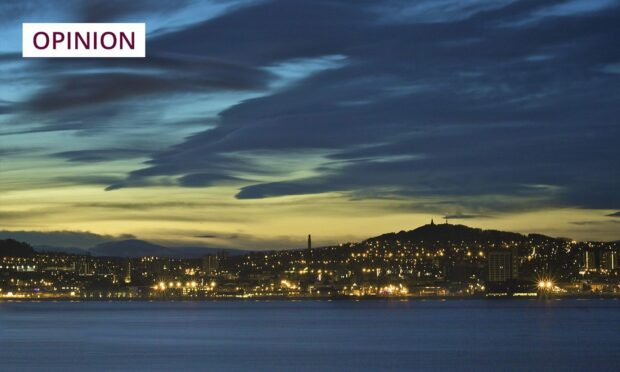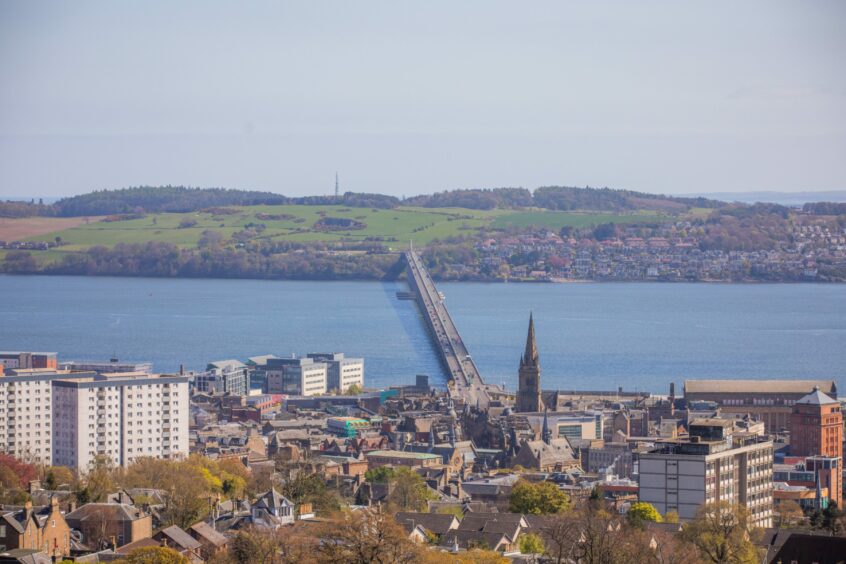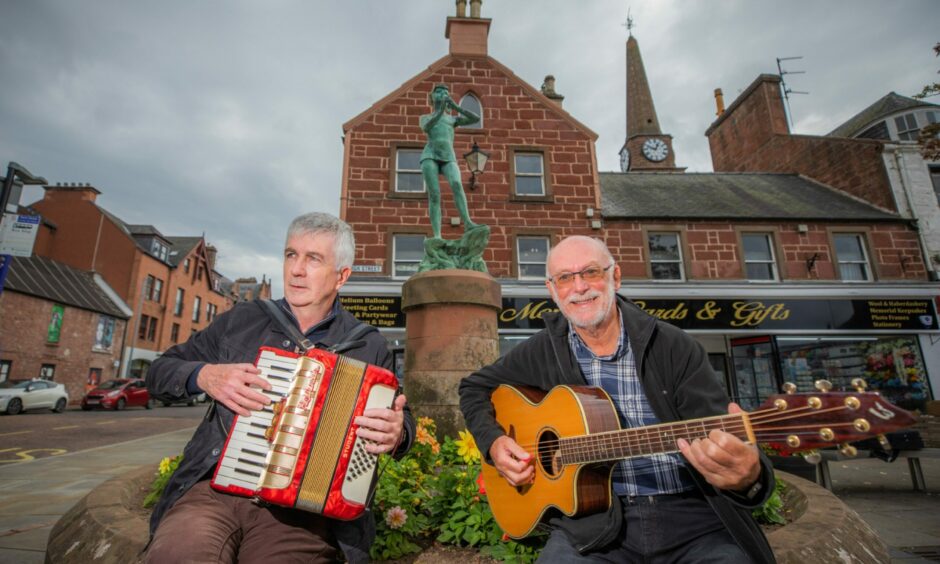I have always believed Dundee is a city of growth when it comes to it the culture and change within it, though I’d never thought about literally changing the city borders.
After reading the Tele column from new columnist Steve Finan, I took a moment to explore my own thoughts about expanding Dundee geographically and if it would be worth it.
Changing the boundary to make Dundee bigger is interesting and you’d probably expect me to completely jump on board with the idea of making Dundee bigger.
I do want to make Dundee bigger – but more in a metaphorical sense. Let me explain why.

Dundee doesn’t need to expand geographically. One of the main reasons why Dundee is as brilliant as it is, is because of its size.
It’s not too big, not too small, it’s just an ideal size – in fact, Dundee is often referred to as a ‘Goldilocks’ city.
‘Big village’ size is part of Dundee charm
A lot of locals see Dundee as a ‘big village’ – a term which I personally love, as you get the feel that everyone knows everyone.
It can be argued that only larger cities thrive more but I believe that is not the truth. I think small and large cities can both equally thrive.
And of course, Dundee is an example of a small city thriving – and in a short space of time, a fact which has been hammered home further through the city being featured internationally in the Washington Post’s lovely write-up.
All of the accolades and achievements that the city has proves the point that Dundee is punching above its weight and it is showing that it means business.
Dundee may not be as big compared to Glasgow, Edinburgh and Aberdeen, but it is definitely the most ambitious city, as it continues to develop culturally and think boldly about the future. That’s what makes Dundee stand out.
And this is why I am not convinced adding our nearby neighbours into our city is necessary.
Surrounding towns have unique identities
As proud as I am to be Dundonian, I have no doubt that folk from Birkhill, Monifieth and Invergowrie are equally as proud of their own hometowns.
I believe we don’t need to amalgamate towns and villages outside Dundee.
They have their own unique culture, traditions and history that is just as valuable as any other place, and whatever minimal economic benefits Dundee would receive would be outweighed by the loss of overall local culture in doing so.
Overall, while I appreciate Steve Finan’s interesting idea and it gave me food for thought, I feel it is an argument that would struggle to gain momentum within the towns mentioned as they have their own identity, and I suspect cold hard assimilation would not sway them.
I don’t see this as a negative thing for Dundee, as we love our neighbouring towns and villages and we love our city too. There’s plenty to work on here, but Dundee is on the way up right now.













Conversation